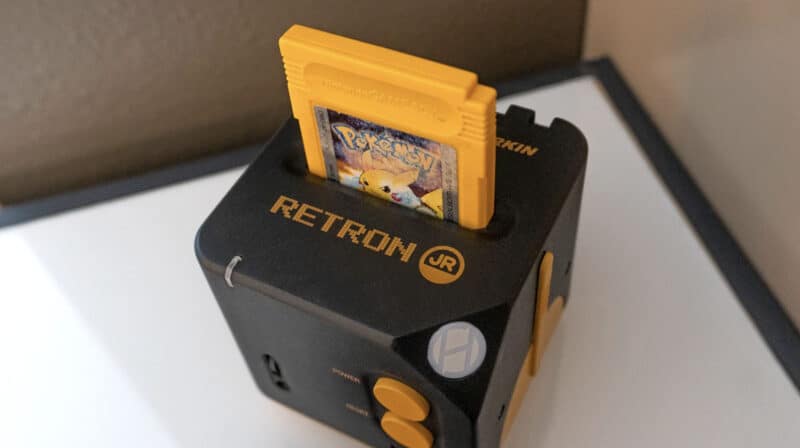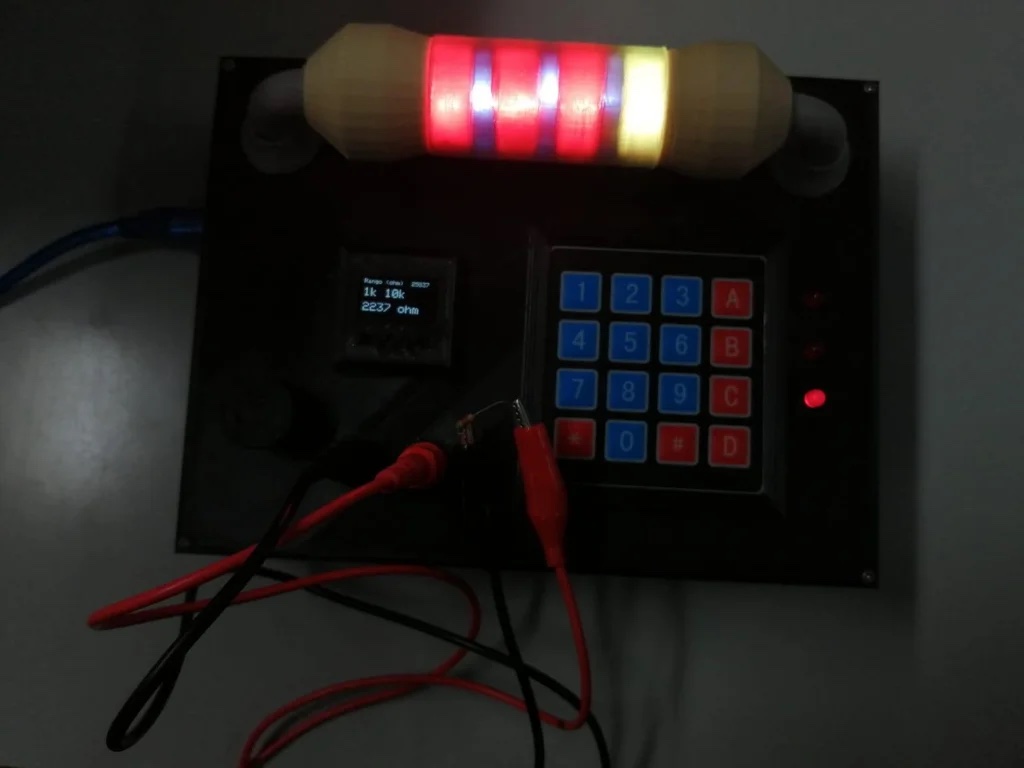Looking to drop the proprietary power supply, jakobnator’s upgrade means the laptop now charges from a common Type-C adapter.
Pseudonymous YouTuber “jakobnator” has published a video showing how he upgraded an older Dell laptop to charge using a USB Type-C port, via USB Power Delivery (PD) — doing away with its proprietary power brick in the process.
“So I’ve had this laptop for about six years now,” jakobnator explains. “[It] got me through college, and I really like this line-up of XPS13s. It’s a good size MacBook alternative, but as I’ve been travelling more I’ve been trying to shrink down things so that I’m only carrying one charger.”


